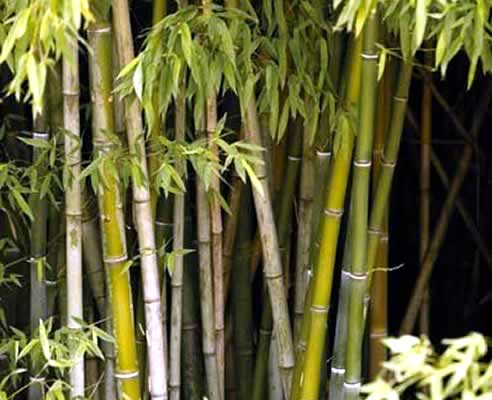NEWS ARTICLE ARCHIVESBamboo flooring - natures hard grass from Grasswood Bamboo Flooring Bamboo is truly one of the earth's most remarkable resources. Amongst the fastest growing plants on earth, bamboo is classified botanically a grass. With over a thousand documented species (the exact number is unknown), bamboo has a long history in the Asia regions and has a special place in the cultures and everyday lives of millions of people around the world. Renowned for its durability, resistance to pest, incredible self propagating capacity and long admired for it elegance and beauty, bamboo has been and continues to be used on a daily basis in an almost unbelievable diverse range applications. From food to eating and cooking utensils, decoration to construction, bamboo has inspired poets and tested the skills of artists attempting capture its charm and elegance. The bamboo used in Grasswood Bamboo Flooring is known as Mao Zhu in China, Moso in Japan and is technically referred to as Phyllostachys pubescens. This species of bamboo is preferred for the manufacture of floors due to it strength, hardness, evenness of colour and its remarkable growth rate (up to a metre a day in its most vigourous growth period). Whilst it can grow up to 20 metres tall, our bamboo is cut at around 2 metres which takes between just five and seven years depending on climatic conditions. The reason the farmers cut at this stage is that it has been found that this is when the cell structures of the canes (known as culms) reach their greatest strength and are most stable. After this time the cell structure slowly weakens. It should be noted that Pandas do not eat Mao Bamboo. Grasswood Bamboo Flooring Mao Bamboo is a 'running' species meaning that it sends out 'runners' (known as rhizomes) horizontally under the ground and sends up the shoots that become the 'canes' (known as culms). Each rhizome can run over a hundred metres and established groves can consist of kilometres of interwoven rhizomes that bind the solid so well that it can reduce or even prevent erosion. A single Mao Bamboo 'plant' (known as a clump) can produce up to 30 kilometres of useable pole in it's life time. Some interesting bamboo facts:
|
 |
 |